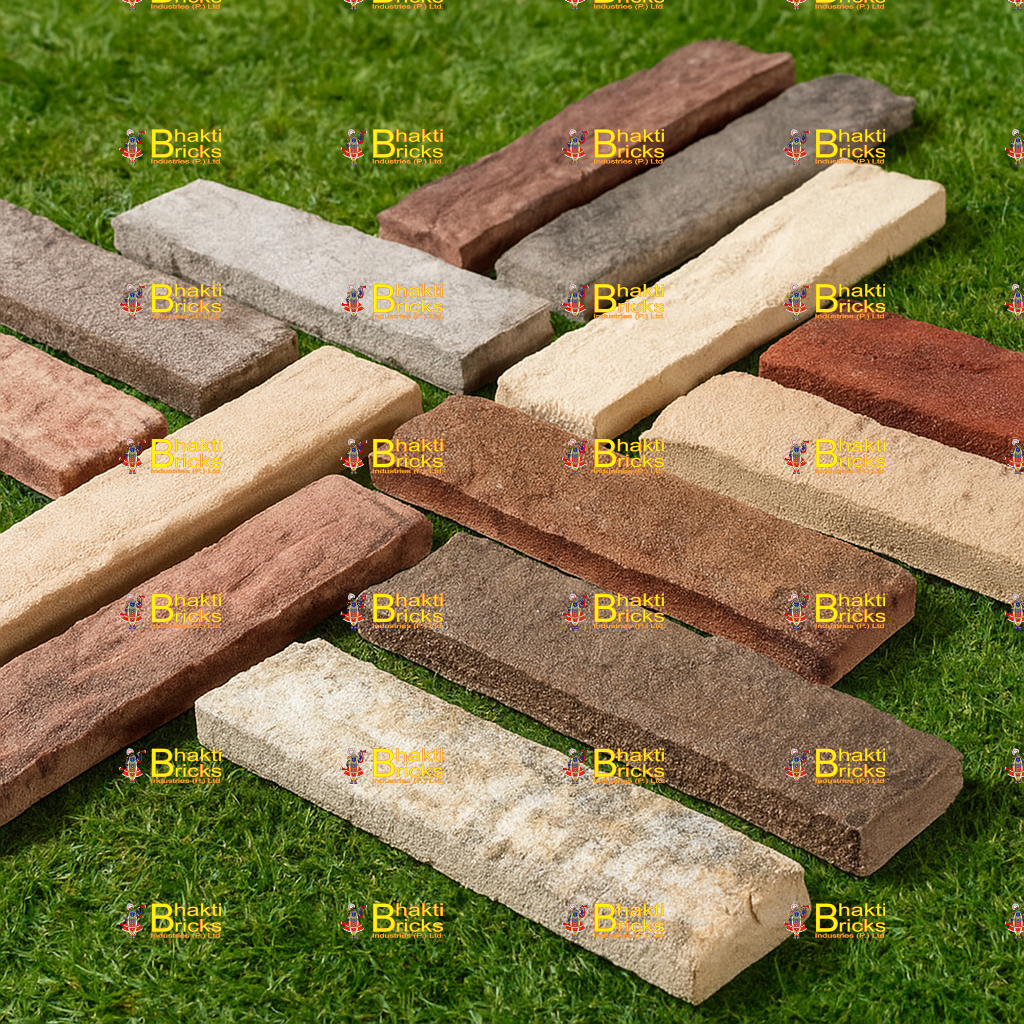Natural Clay Brick Tile Cladding: An In-Depth Overview
Definition and Composition:
Natural clay brick tile cladding involves the application of thin or full-sized bricks made from natural clay as a decorative and protective exterior or interior surface. These bricks are manufactured by mixing natural clay with water, shaping into tiles or bricks, and then firing at high temperatures in a kiln. The result is a durable, weather-resistant material that retains the natural qualities of clay.
Aesthetic Appeal:
Natural clay brick tile cladding offers a timeless, classic appearance characterized by warm earthy hues such as reds, browns, ochres, and subtle color variations. The textured surface provides visual depth, shadow play, and a tactile quality that enhances architectural interest. It can be used to create rustic, traditional, or contemporary looks depending on the size, color, and pattern of installation.
Durability and Performance:
- Weather Resistance: Clay bricks are inherently resistant to moisture, temperature fluctuations, UV rays, and pollutants, making them suitable for external cladding in diverse climates.
- Fireproof: As a natural ceramic material, clay bricks are non-combustible, offering enhanced fire safety.
- Low Maintenance: They require minimal upkeep—periodic cleaning to remove dirt, moss, or algae suffices.
- Longevity: Properly installed, natural clay brick cladding can last for decades, often outlasting the structure itself.
Environmental Benefits:
- Eco-friendly: Made from natural, abundant raw materials with minimal processing.
- Breathability: The porous nature of clay allows moisture to escape, reducing the risk of mold and dampness.
- Recyclability: Clay bricks are recyclable and can be repurposed or reclaimed.
Installation and Applications:
- Suitable for exterior facades, interior feature walls, fireplaces, and accent surfaces.
- Can be adhered using mortar or specialized adhesives, with options for ventilated or solid backing.
- Available in various sizes, finishes, and textures to suit different architectural styles.
Advantages:
- Enhances insulation when combined with appropriate backing.
- Contributes to sustainable building practices.
- Improves acoustic performance due to its mass and texture.
Limitations:
- Slightly higher initial cost compared to some other cladding materials.
- Requires professional installation to ensure durability and aesthetic quality.
- Heavyweight material may necessitate structural considerations.
Summary:
Natural clay brick tile cladding combines aesthetic appeal, durability, and eco-friendliness, making it an excellent choice for architects, builders, and homeowners seeking a natural, enduring material that adds warmth and character to any space. Its traditional craftsmanship and modern versatility ensure it remains a popular and valuable component in contemporary architecture.
